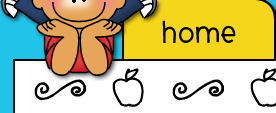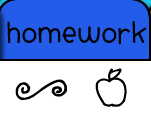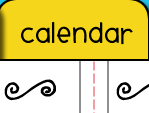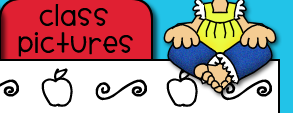Phonemic Awareness
Phonemic awareness is understanding sounds in words, rhyming, syllables, etc. Strong phonemic awareness is important to early reading skills. A great way to practice phonemic awareness is to play word/sound games with your child. For example, you can play rhyming games by giving your child a word such as hat and ask your child to produce a new word that rhymes with hat. Continue taking turns until all words are exhausted (hat, bat, cat, fat, rat, sat, mat, splat). Many students have a difficult time rhyming and will give a new word with the same beginning sound. You can use the word family of the week as a starting place for rhymes each week. You can word on helping your child identify the beginning, middle, and ending sounds in words. You can give your child a word, or show them a picture and ask what is the beginning sound in the word. For example, say the word moon and ask “What is the beginning sound you hear in the word moon?” The correct response is the sound “m”. Notice the correct response is the sound “m” not the letter m. If your child says the letter m ask them to produce the sound. You can do the same for the sounds at the end and middle of words. You can also work on syllables by clapping out words. For example, the word elephant can be clapped out “el-e-phant”. Ask your child how many syllables are in the word elephant? “Three, the word elephant has three syllables” The one syllable words tend to be the trickiest of all. Students want to clap out each sound rather than each syllable. Lots of practice will help with the difference between sounds and syllables. You can work on blending by asking your child to guess the word you are saying as you say each sound one at a time (c-u-p). You can work on segmenting words by asking your child to tell you all of the sounds they hear in words. For example, in the word dog your child should say three separate sounds (d-o-g). When we do this in class we hold up a separate finger for each sound. This activity helps your child read unfamiliar words by blending the sounds together. It also helps your child spell unfamiliar words by listening to each sound.
Subscribe to:
Posts (Atom)






0 comments:
Post a Comment